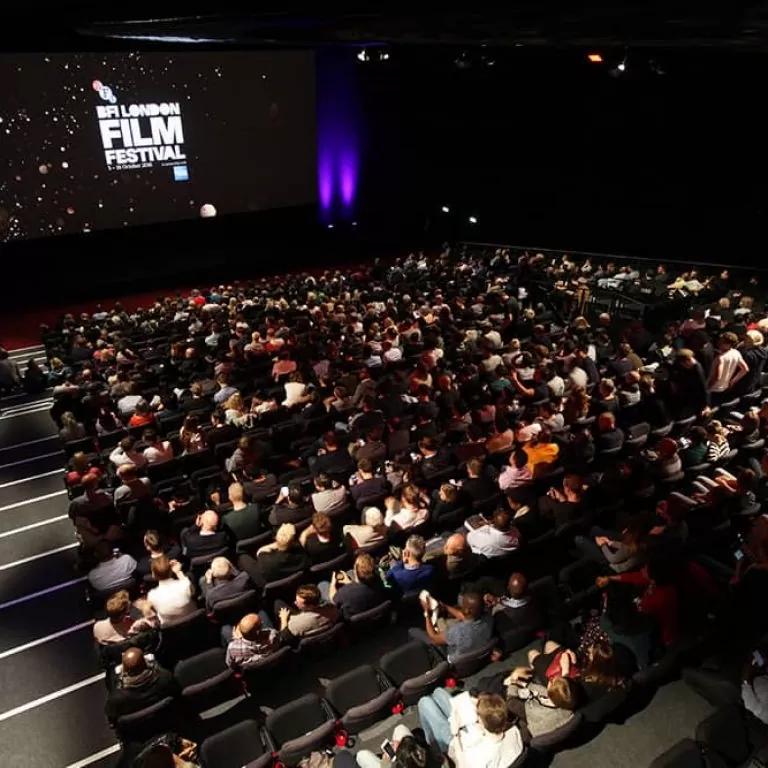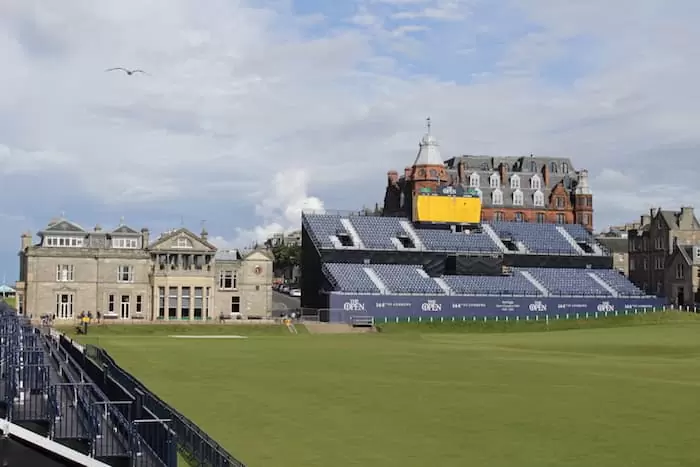
News How to use time-lapse to capture a special event
Special event scenarios of varying size and subject are increasingly becoming the focus of time-lapse videos. In this “how to” guide, we take a closer look at what must be considered so that time-lapse can bring out the best aspects of any event.
Depending on the kind of event you wish to capture, there will be particular specifications you need to bear in mind such as location, fixing position, duration and source of power.
These individualities make every project unique but the great thing about time-lapse solutions is that they can be tailored to work for you and your event. Here’s a more in-depth explanation of how this plays out in different event scenarios.
Where? Location & fixing
Camera systems provided by a professional time-lapse company are equipped to function optimally in both internal and external conditions. So whether an event is indoor or outdoor (or a combination of the two), time-lapse capture is a viable option.
In all scenarios, the camera system must be fitted to a secure structure in a position that provides an effective view of the site in focus. Dependent upon the size and scale of the event, more than one camera system might be needed to provide a comprehensive narrative of action.
For example, a single camera might be adequate for capturing the internal fit-out of a sporting arena or other indoor venue, but other projects might warrant more systems in place for recording external activities alongside these.
But whatever you wish to capture – a stage construction, a music concert, and/or crowd movements – requires extensive planning. A secure fixed position will ensure that the time-lapse is stable, steady and reliable for the duration of the event.
Moreover, finding the best viewpoint of the subject of focus can make the difference between a mediocre time-lapse narrative, and one that helps to communicate the energy of a special event.
How? Power source & camera management
A source of power is one of the first things that needs to be secured on site; an element which means that the location of the camera can be highly variable for every project.
Access to a mains power source is ideal for a time-lapse camera system and is that which ensures regular, sustained capture for the duration of a project. This is also another variable when it comes to deciding on an appropriate fixing position.
However, it is not possible in all circumstances to power a time-lapse camera system using mains electricity. For outdoor events in particular, the optimum fixing position may not be in suitable proximity to a power source.
In order to capture construction of a special two-tiered grand stand at the prestigious golfing venue St Andrews, for example, our own engineers utilised a bespoke solar set-up in order to power the camera system; which delivered faultless, continuous time-lapse capture, in spite of some pretty turbulent Scottish weather at times.

Above: GL events’ completed grandstand at St Andrews Links for The 144th Open Championship of golf: one of our solar-powered time-lapse projects.
Yet regardless of power, management of the camera system always remains consistent in the hands of a professional time-lapse company. Remote capture is enabled via wireless networks to facilitate a means of controlling the camera and its settings without having to manually handle it.
Furthermore, a steady stream of time-lapse images – which have multiple uses of their own for contractors and businesses – are sent from the camera to a viewing portal which allows eyes on a project at all times, on any device. This fulfils any site monitoring and other management needs at the client’s end, as well as enabling the time-lapse provider to maintain consistent capture for the entirety of an event.
How long? Duration
Events vary in duration but are typically short-term projects compared to others in the portfolio of a time-lapse company.
The set-up, main event, and the clean-up may last no longer than 12 hours. However, the shorter window of activity by no means limits the quality of the time-lapse; this just means that a greater rate of capture is needed to account for the faster pace of action.
Rapid capture means that a time-lapse camera system takes images at a quicker rate. So although the project is much shorter in terms of duration, the amount of images captured will be much greater than those typically captured for such a period of time as part of a long-term job.
As one of our major specialisms, many projects from our time-lapse UK portfolio have involved rapid capture – including special events.
This technique may not be appropriate for all stages of an event, particularly if there are elements of construction or other work which takes place over a more sustained amount of time. But rapid capture is certainly an ideal choice for bursts of short-term activity, like a fit-out or stage de-construction, which could both have quick turnarounds.
The end result
As well as for site monitoring purposes, the images that are captured from an event can then be arranged together to form a visually stunning time-lapse sequence.
This part of a professional service can be used in different ways dependent upon the needs of a client. For example, publishing a time-lapse video after an event is a way of sharing the experience with those who were not there, and providing a retrospective for those who were.
Additionally, for companies who were involved in the set-up and other behind-the-scenes works, a time-lapse video is also a great opportunity for them to showcase their labour and how it has culminated into a successful event. Other examples, such as the one below from The Royal Albert Hall in London, may document a series of events over a longer period of time; providing a visual catalogue of their cultural calendar and what it takes to move from one event to the next.
Ideal for sharing online, on websites, or on social media, time-lapse videos can help to attract and build wider networks for a particular occasion.
In conclusion to the hows, whats, wheres and whys of event time-lapse, it is possible to utilise this technique to fulfil various requirements and industry agendas.
Whether trying to publicise a one-off special event, or wanting to document a large-scale event in a concise HDR narrative, time-lapse is a flexible and dynamic solution to these needs.